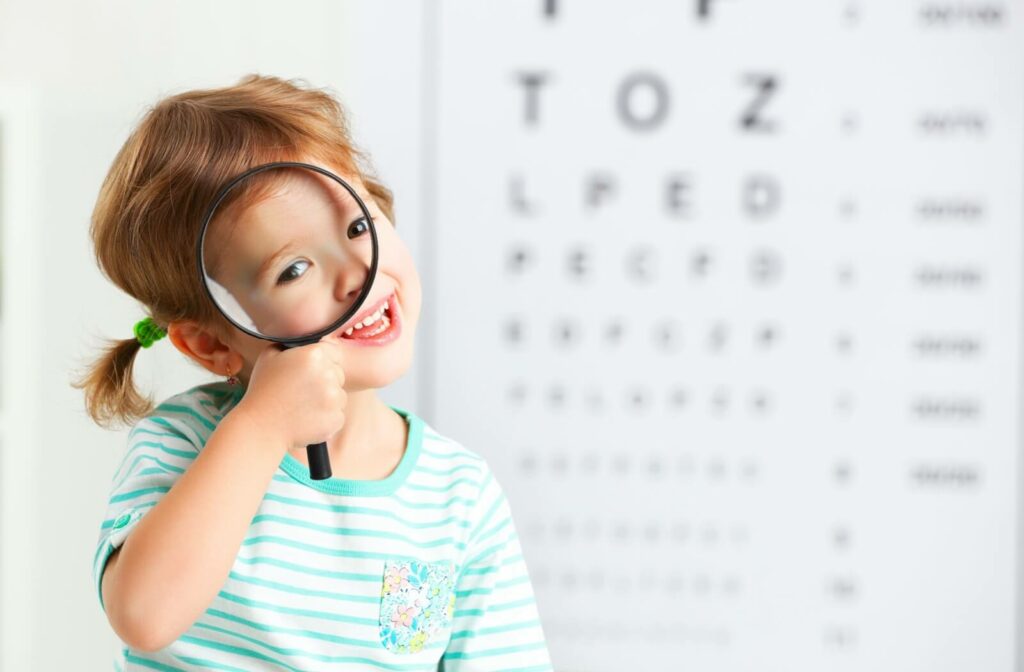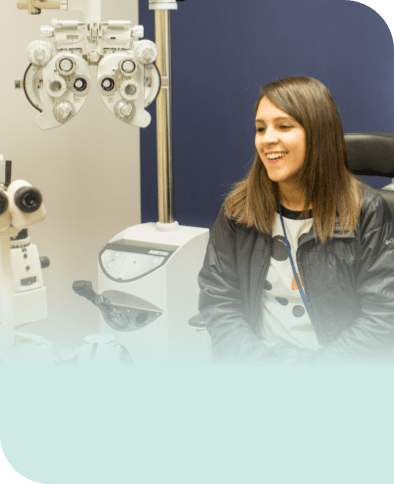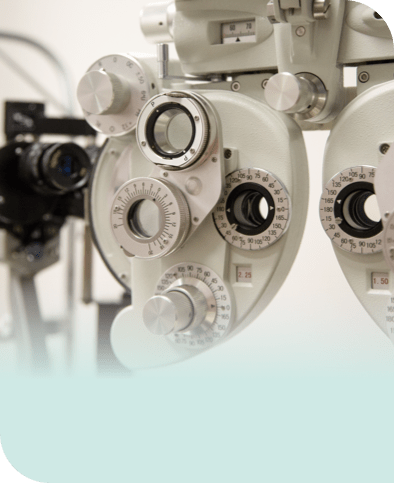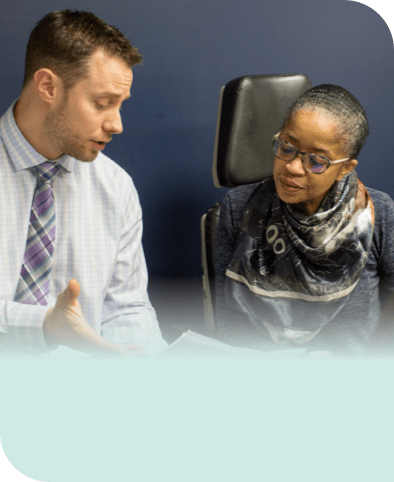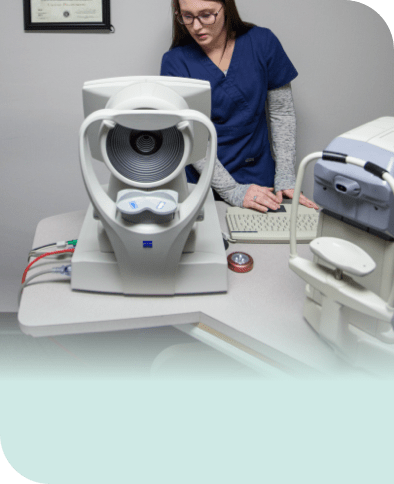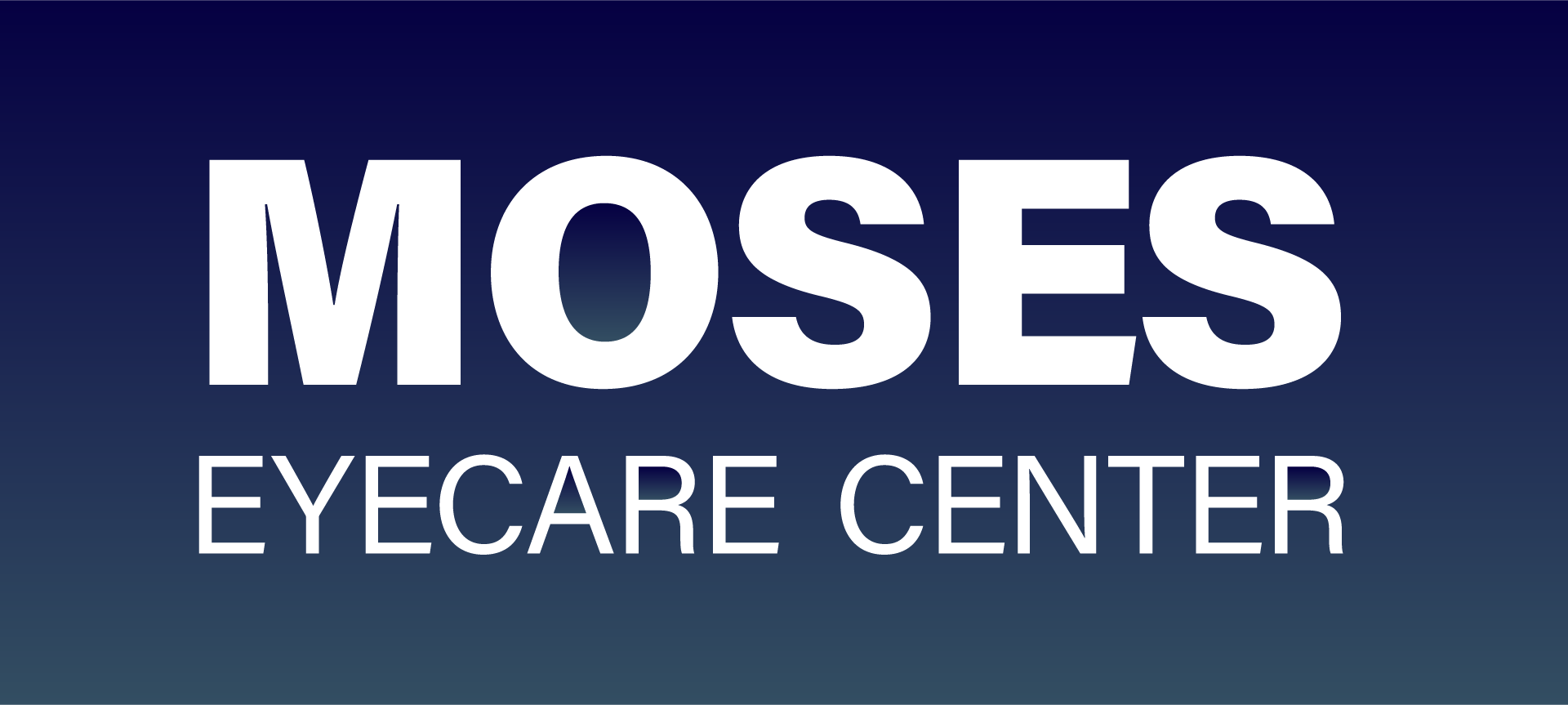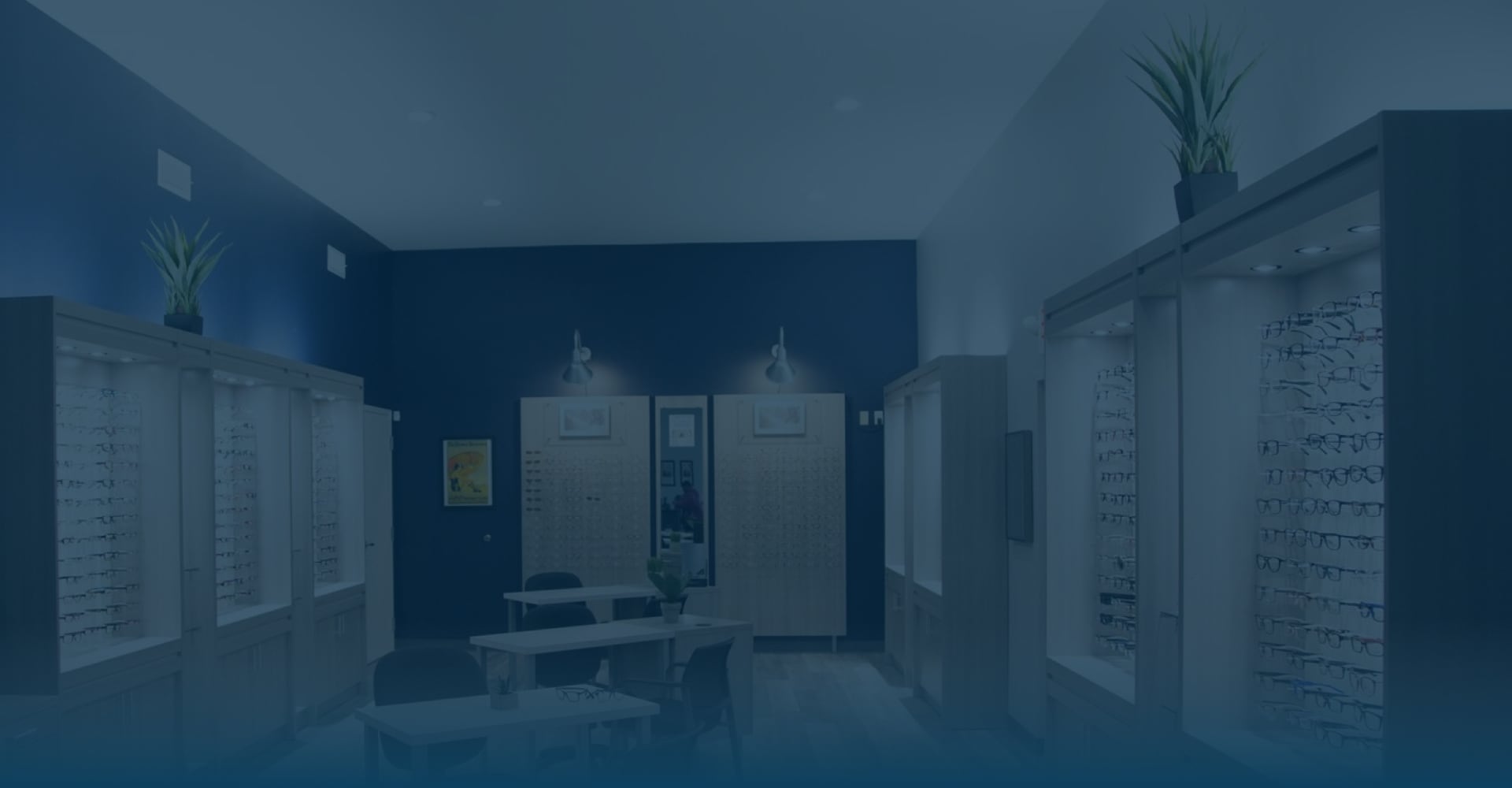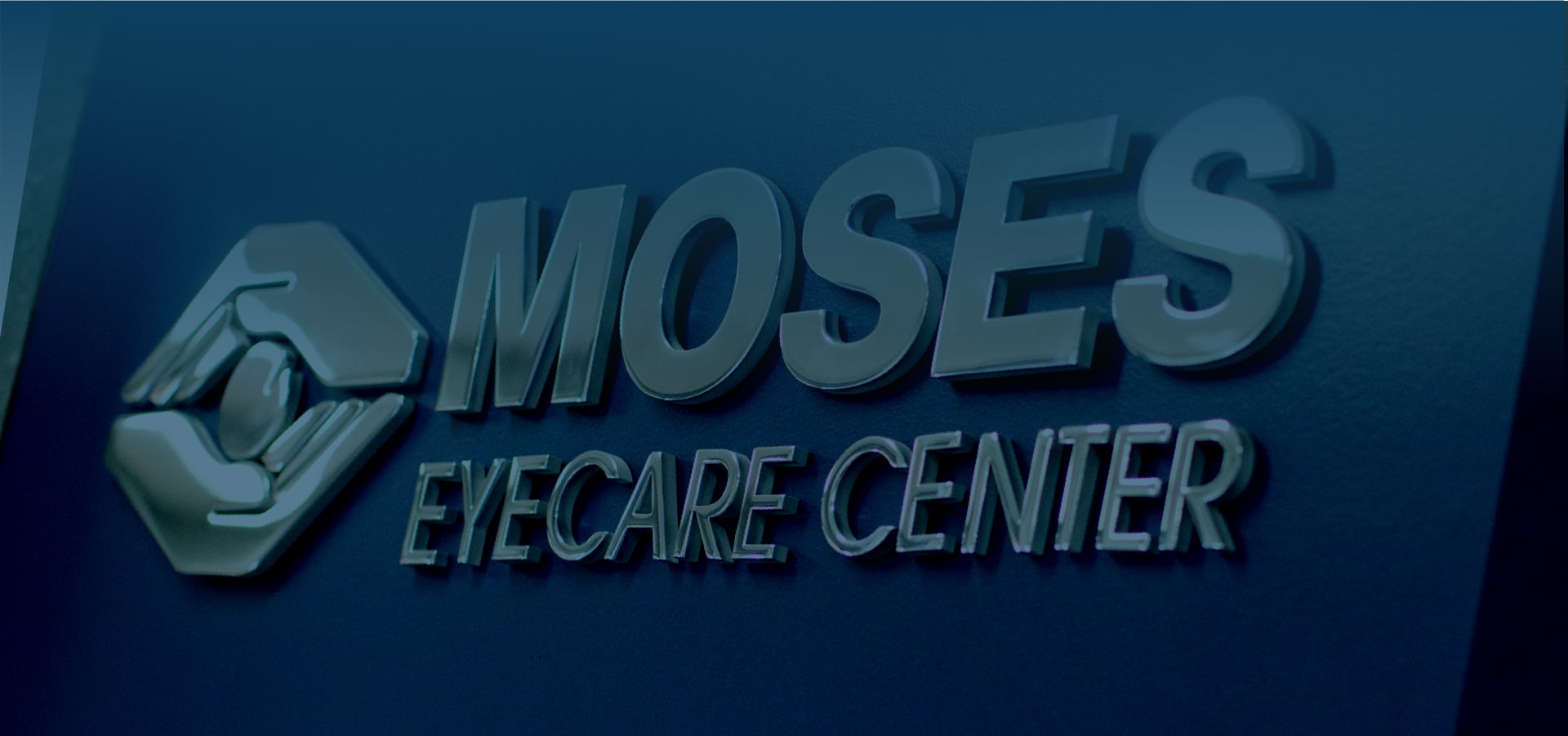Summers always seem to fly by. With the back to school season approaching, many families hustle to get ready. In between finding a new backpack, clothes, and scheduling summer plans, there’s one important learning tool you shouldn’t leave off your list: your child’s annual eye exam.
Children are visual learners. If they’re squinting at the whiteboard or holding books closer to their faces, it doesn’t always mean they’re having trouble concentrating. Usually, these are hallmark signs that their vision feels a little blurry.
Myopia (nearsightedness) is on the rise, especially as we move to a more digital world and spend less time outdoors. While glasses or contacts can correct the blurriness, these standard corrective lenses cannot address the primary concern with myopia: its progression.
Without proper management, myopia continues to progress, worsening your child’s vision. Although we can’t halt or reverse myopia altogether, with myopia management therapies, we can effectively slow its progression.
Why Does Myopia Progress?
Millions of people need corrective lenses to help them see clearly because of refractive errors like astigmatism and hyperopia. These conditions—along with myopia—alter the eye’s physical shape, affecting the way incoming light focuses on the retina.
Myopia happens when the eye grows too long from front to back, causing light to focus in front of the retina instead of directly on it. This makes distant objects appear blurry while close-up vision stays clear.
Here’s what makes myopia particularly tricky: it usually develops during the school years when children’s eyes are still growing rapidly. And once it starts, it tends to get progressively worse until the eye stops growing (which generally isn’t the case with astigmatism or hyperopia), typically in the late teens or early twenties.
Several factors contribute to myopia getting worse over time:
- Rapid eye growth: Children’s eyes grow quickly during school years. As the eye lengthens, myopia typically worsens, requiring stronger prescription glasses or contact lenses.
- Increased near work: Kids spend more time than ever focusing on close-up activities like reading, homework, and screen time. This constant near focus can strain the visual system and contribute to myopia progression.
- Less outdoor time: Research shows that children who spend less time outdoors have higher rates of myopia development and progression. Natural sunlight and looking at distant objects outdoors may help protect against myopia.
- Genetics: If one or both parents have myopia, children are more likely to develop it and experience faster progression.
The key thing to remember is that myopia progression isn’t inevitable. While we can’t control genetics, there are effective ways to slow down how quickly your child’s vision changes.
The Role of Myopia Management in Children’s Vision
Alright, so myopia can progress and vision can become weaker, but that’s what glasses are for, right? Think again.
The problem with worsening myopia isn’t just that vision gets weaker and people need stronger prescriptions; it’s that this condition physically stresses the eye. The human eye is powerful, but delicate. As the eye’s shape continues to elongate, it takes a toll on structures within the eye, increasing the risk of developing serious concerns down the line.
This is where myopia management comes in. Its value extends far beyond supporting vision; it plays a vital role in protecting your child’s overall eye health. Rather than correcting vision with stronger glasses each year, myopia management focuses on actually slowing down the progression of nearsightedness.
Since children’s eyes are growing, this makes them more responsive to treatments. So, the sooner we intervene with myopia management therapies, the better.
Patiently waiting for your child’s vision to stabilize isn’t ideal. Not only does it take years—they’ll be well into early adulthood—but studies suggest that having mild to moderate myopia isn’t good for your eye health.
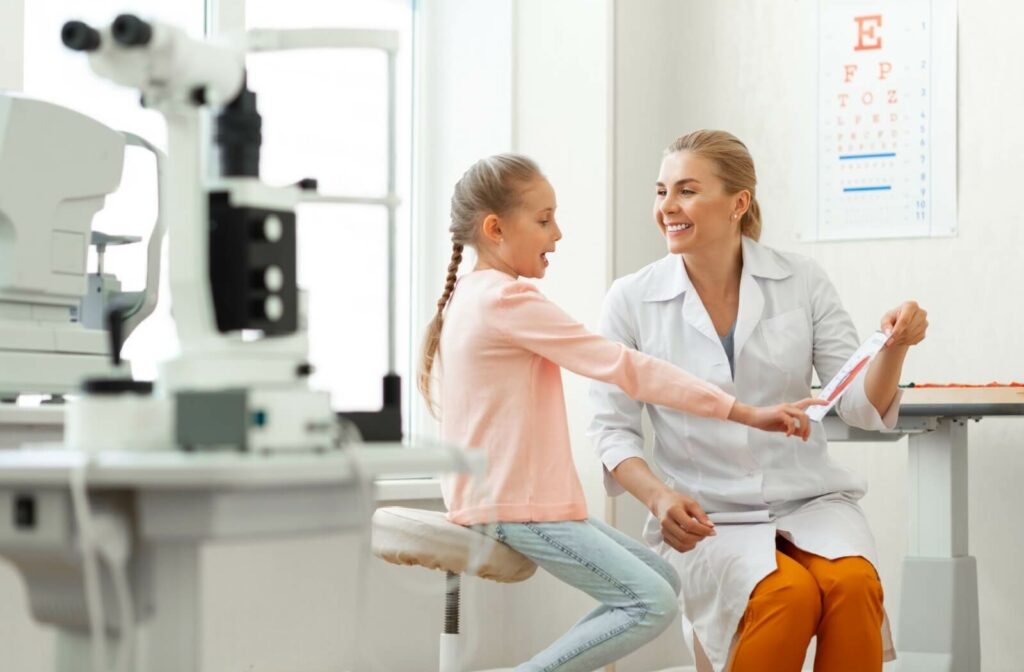
Manage Your Child’s Myopia
There is no universal treatment plan for myopia management. We drill into our children that every person is unique and has a story of their own. This same mindset extends to vision care.
Managing myopia requires a tailored approach, which often leads us to combining different therapies (instead of relying on one) for stronger outcomes. To find a treatment that aligns with your child’s unique case, we evaluate their vision, degree of myopia progression, and overall eye health.
Here’s a closer look at our approach to myopia management:
Specialty Contact Lenses
Orthokeratology (ortho-k) lenses are special rigid contacts that your child wears overnight while they sleep. They gently reshape the cornea, providing clear vision during the day without needing glasses or contacts.
MiSight 1 Day lenses are daily disposable contacts with a special design with 2 distinct optical zones. One corrects myopia, while the other defocuses peripheral light, which discourages the eye from elongating.
Atropine Eye Drops
Low-dose atropine eye drops (typically 0.01%) are applied once daily before bedtime. These drops work by reducing the eye’s tendency to elongate, effectively slowing myopia progression.
The drops, however, don’t correct vision, so we use them as part of a broader myopia management plan.
Healthy Eye Habits
We also provide guidance on lifestyle changes that can support myopia management, including:
- Encouraging outdoor activities (aim for at least 2 hours daily)
- Implementing the 20-20-20 rule for screen time (every 20 minutes, look at something 20 feet away for 20 seconds)
- Proper lighting and posture for reading and homework
- Regular eye exams to monitor progression
Some cases might benefit from vision therapy: a program that aims to improve how the visual system works together. With targeted exercises and activities, vision therapy can help reduce eye strain and manage myopia progression.
Support Your Child’s Vision
Myopia progression doesn’t have to be inevitable. With the right approach, you can help slow your child’s nearsightedness and protect their vision for the future.
Besides, it’s never too late to start myopia management. While earlier intervention tends to be more effective, teenagers can still benefit from myopia control treatments, especially if their prescription is still changing.
Kickstart the back-to-school season by booking your child’s annual eye exam with Moses Eyecare Center. We’re here to help your child see clearly and confidently, both in school and beyond.


